Arizona is a land of contrasts. You can watch the sunrise over cactus-covered deserts and stand in the snow by sunset. This Southwestern gem boasts one of the world’s most iconic natural wonders, the Grand Canyon, but its appeal runs far deeper. Think ancient cliff dwellings, vibrant art towns, Native American history, and some of the most beautiful stargazing spots in North America. In this detailed Arizona travel guide, I’ll take you through not only the big-ticket destinations but also the practical travel insights I’ve gathered after several trips across the state. Whether you’re planning a one-week road trip or a full Southwest U.S. exploration, Arizona deserves a top spot on your itinerary.
🌤️ Best Time to Visit Arizona
The best time to visit Arizona depends on the region you’re exploring. In general, spring (March to May) is ideal across the board. Desert wildflowers bloom, and temperatures are warm but not oppressive. This is the sweet spot if you’re planning to hike in places like Phoenix, Sedona, or Tucson.
Summer (June to August) is the peak heat season in lower-elevation areas. Temperatures in Phoenix and Tucson can soar above 110°F (43°C), making midday outdoor activity nearly impossible. However, summer is a good time to visit higher-altitude areas like Flagstaff or the North Rim of the Grand Canyon, where it remains cool and comfortable.
Fall (September to November) brings cooler weather and stunning foliage in northern Arizona. I highly recommend leaf-peeping around Oak Creek Canyon and Flagstaff during October.
Winter (December to February) is perfect for exploring southern Arizona’s desert landscapes, while also offering opportunities for snow play in Flagstaff and even skiing at Arizona Snowbowl.
🗺️ Top Places to Visit in Arizona
1. Grand Canyon National Park
The Grand Canyon is more than a sight, it’s a spiritual experience. Standing at the rim, you feel the weight of time in every layer of red and ochre rock carved by the Colorado River. The South Rim is the most accessible and developed, with a variety of scenic viewpoints like Mather Point, Yavapai Observation Station, and Desert View Watchtower. The visitor center offers educational exhibits and ranger-led programs that enhance your understanding of this geologic marvel.
If you’re up for a challenge, hiking below the rim on Bright Angel Trail or South Kaibab Trail offers unforgettable views. Even just a mile down, the perspective changes dramatically. For an elevated (literally) experience, consider a helicopter tour or rafting trip through the canyon. Don’t overlook the North Rim, which is less crowded and greener, perfect for a more secluded experience from mid-May through October.
2. Sedona
Nestled between red rock cliffs and pine forests, Sedona is one of the most visually captivating towns in the Southwest. Its unique landscape makes it a paradise for hikers, mountain bikers, and photographers. Trails like Devil’s Bridge, Cathedral Rock, and Boynton Canyon offer varying levels of difficulty with breathtaking scenery. Sedona’s famed energy vortexes draw spiritual seekers, and you’ll find everything from crystal shops to Reiki healing and yoga retreats.
Beyond nature and wellness, Sedona is also home to an eclectic art scene. The Tlaquepaque Arts & Shopping Village is a charming adobe-style marketplace filled with galleries, boutiques, and wine tasting rooms. As evening falls, catch the sunset at Airport Mesa, the golden hour light dancing on red rocks is unforgettable.
3. Page and Lake Powell
Though small in size, the town of Page is your base for some of the most iconic natural landmarks in Arizona. A short drive leads you to Horseshoe Bend, a dramatic curve in the Colorado River that’s become a must-photograph spot. The overlook is easily accessible via a 1.5-mile round-trip walk from the parking area.
Nearby is Antelope Canyon X, a stunning Navajo slot canyon with narrow passageways and waves of pink and orange sandstone. Unlike the Upper and Lower Canyons, Canyon X offers a more tranquil experience with fewer crowds and a deeper cultural connection, as all tours are led by Navajo guides.
Lake Powell, a man-made reservoir framed by red cliffs, offers opportunities for boating, kayaking, paddleboarding, and camping. You can rent a houseboat for an unforgettable stay on the water or explore hidden coves and beaches along the shoreline.
4. Phoenix and Scottsdale
Arizona’s capital, Phoenix, blends urban vibrancy with rugged desert landscapes. Visit the Desert Botanical Garden to see a breathtaking variety of cacti and native plants in bloom. For a challenge, hike Camelback Mountain or Piestewa Peak, but go early to avoid the midday heat. Cultural spots like the Heard Museum and Musical Instrument Museum offer deep dives into Native American and global heritage.
Next door, Scottsdale offers a more upscale vibe with luxury spas, stylish resorts, and an energetic food scene. Wander through Old Town Scottsdale for western-style architecture, art galleries, and lively nightlife. If you’re into architecture, don’t miss Frank Lloyd Wright’s Taliesin West, his winter home and studio.
5. Flagstaff and Northern Arizona
Sitting at 7,000 feet elevation, Flagstaff offers a surprising contrast to Arizona’s desert image. Surrounded by the Coconino National Forest, it’s a base for outdoor lovers. You can hike through Walnut Canyon, explore ancient cliff dwellings, or take a chairlift ride at Arizona Snowbowl for sweeping views of the San Francisco Peaks.
Flagstaff is also a major stop along Historic Route 66, and its downtown is full of cozy coffee shops, breweries, and vintage charm. The Lowell Observatory, where Pluto was discovered, is a great evening activity for stargazing. Just a short drive away, you can explore Sunset Crater Volcano, Wupatki National Monument, and the edge of the Painted Desert.
6. Tucson and Southern Arizona
Tucson has a strong Southwestern soul. With its mix of Spanish colonial history, indigenous roots, and laid-back desert vibes, it offers an entirely different flavor of Arizona. Saguaro National Park, split into East and West sections, protects the largest collection of saguaro cacti in the U.S. The sunset views among the towering silhouettes are spectacular.
The Arizona-Sonora Desert Museum blends a zoo, botanical garden, and aquarium in a seamless open-air experience. Visit Mission San Xavier del Bac, a 300-year-old white adobe church that is a masterpiece of Spanish colonial architecture. Food lovers, take note, Tucson is a UNESCO City of Gastronomy, thanks to its blend of Native American, Mexican, and Southwestern culinary traditions.
7. Monument Valley
Monument Valley, located on the Arizona-Utah border within the Navajo Nation, is one of the most iconic landscapes of the American Southwest. Towering sandstone buttes rise hundreds of feet above the desert floor, creating a dramatic and cinematic scene. This location has served as the backdrop for countless Western films and continues to awe visitors with its timeless beauty.
Visitors can explore the 17-mile Valley Drive, a scenic loop that winds past the most famous formations like the Mittens and Merrick Butte. Guided Navajo tours, especially those that venture into restricted areas or include storytelling, provide an even deeper connection to the land. Sunrises and sunsets here are truly magical as the changing light paints the sandstone with vibrant reds and purples.
8. Petrified Forest National Park
Petrified Forest National Park, located near Holbrook in northeastern Arizona, is a surreal landscape of fossilized wood, rainbow-colored badlands, and ancient petroglyphs. What makes this park extraordinary is its mix of geology and archaeology. Massive logs that are over 200 million years old have turned into colorful stone, preserved in stunning detail.
Hike the Blue Mesa Trail or Crystal Forest Trail to see the petrified wood up close. Don’t miss Newspaper Rock, where over 650 petroglyphs tell stories from thousands of years ago. This park is also home to the Painted Desert, where layers of pink, lavender, and gray earth stretch to the horizon. It’s one of Arizona’s lesser-known gems and perfect for travelers seeking quieter, off-the-beaten-path experiences.
9. Jerome
Once a thriving copper mining town, Jerome has reinvented itself as a quirky artist colony perched on the side of Cleopatra Hill. Just a short drive from Sedona or Cottonwood, this ghost town-turned-tourist destination offers a mix of Old West charm and creative flair.
Explore haunted hotels, visit the Jerome State Historic Park to learn about its boomtown past, and check out local art galleries that fill the refurbished 19th-century buildings. Jerome’s steep, winding streets offer panoramic views of the Verde Valley below, especially at sunset. Whether you’re into history, art, or paranormal tales, Jerome is a fun and fascinating stop.
10. Prescott
Prescott blends small-town charm with high-desert beauty and a strong sense of history. Located just two hours north of Phoenix, it was once the territorial capital of Arizona. Today, it’s home to Victorian homes, tree-lined streets, and the famous Whiskey Row, where historic saloons still serve up cowboy energy and live music.
Outdoor lovers will find plenty to do in Prescott National Forest. Hike around Watson Lake, known for its stunning granite rock formations, or kayak through its calm, blue waters. The Heritage Park Zoological Sanctuary is great for families. Prescott also hosts lively festivals throughout the year, including rodeos and art fairs that highlight its Western roots.
11. Chiricahua National Monument
Often called the “Wonderland of Rocks,” Chiricahua National Monument is located in southeastern Arizona and is one of the state’s most underrated destinations. Towering spires of rhyolite rock—formed by ancient volcanic eruptions—create a surreal and almost alien-looking landscape.
Hike the Heart of Rocks Loop to get up close to formations like “Punch and Judy” and “Duck on a Rock.” The park also features forests, canyons, and incredible biodiversity, including rare birds and wildlife. Its remote location means fewer crowds and a peaceful hiking experience. The scenic drive and the historic Faraway Ranch provide additional insight into the area’s unique history.
12. Bisbee
Bisbee is a colorful and creative town tucked into the Mule Mountains of southern Arizona. Once a booming mining center, it’s now a funky, bohemian enclave filled with vintage shops, stair-step streets, and vibrant murals. The town is a maze of quirky neighborhoods, historic homes, and steep alleyways.
Visit the Queen Mine Tour to go underground and learn about Bisbee’s copper mining past. Then grab a bite in a retro diner or sip coffee in a bookstore-café hybrid. Art galleries and antique shops line Main Street, while ghost tours offer spooky stories after dark. Bisbee’s unique blend of mining history and modern artistry makes it a must-see for culture-loving travelers.
13. Verde Valley (Cottonwood, Camp Verde, and Clarkdale)
The Verde Valley, located near Sedona and Jerome, is a lush pocket of central Arizona that surprises many with its greenery, rivers, and vineyards. Cottonwood offers historic charm, great restaurants, and the riverfront Dead Horse Ranch State Park, perfect for kayaking or hiking.
Camp Verde is home to Montezuma Castle National Monument, where you can see well-preserved cliff dwellings built by the Sinagua people over 800 years ago. Nearby, Out of Africa Wildlife Park offers a unique safari-style animal experience.
In Clarkdale, you can board the Verde Canyon Railroad, a scenic ride through stunning red rock country. This region is also one of Arizona’s best wine-growing areas, perfect for a day of vineyard hopping in a relaxed, scenic setting.
🚗 Suggested Arizona Road Trip Itinerary (7–10 Days)
Arizona is a road trip state. Public transport is limited outside of Phoenix and Tucson, so renting a car is the most flexible and efficient way to explore. Roads are well-maintained, scenic highways are common, and gas stations are frequent, even in more rural areas
A well-planned Arizona road trip allows you to experience the desert, mountains, canyons, and culture all in one journey.
- Days 1–2: Start in Phoenix. Visit Desert Botanical Garden, hike Camelback, and explore Old Town Scottsdale
- Day 3: Drive to Sedona via the scenic Red Rock Scenic Byway. Hike Cathedral Rock and enjoy stargazing at night
- Day 4: Head to Flagstaff. Stop at Slide Rock State Park and overnight in Flagstaff
- Days 5–6: Explore Grand Canyon South Rim. Consider a sunrise hike and stay overnight at Bright Angel Lodge or nearby Tusayan
- Day 7: Drive to Page. Visit Horseshoe Bend and tour Antelope Canyon X
- Day 8: Enjoy water activities on Lake Powell or detour to Monument Valley
- Days 9–10: Loop south to Tucson via Flagstaff or through Petrified Forest National Park
🎧 Music Tip: Make a playlist of desert-inspired tunes—Fleetwood Mac, The Lumineers, or some Native flute music for sunset drives.
🌵 Arizona Travel Tips
- Hydration is essential. The dry climate can be deceptive. Always carry a refillable water bottle, especially when hiking.
- Start early. Most outdoor activities are best done before 10 AM. Afternoon heat can be harsh and unsafe in desert areas.
- Respect Native lands. Many sites like Antelope Canyon, Monument Valley, and Canyon de Chelly are on tribal land. Always book with authorized guides and follow local customs.
- Watch elevation. Northern Arizona is at a much higher altitude than Phoenix or Tucson. Give yourself time to adjust, especially if you’re hiking or driving long distances.
- Pack for variety. Arizona’s climates range from snowy mountains to scorching deserts. Bring layers, sunscreen, a hat, and durable shoes.
Final Thoughts from Leila
Arizona is wild and soulful. It offers adventure in every corner, whether you’re hiking through ancient volcanic landscapes or listening to Navajo legends under a sky full of stars. What makes Arizona unforgettable is its diversity. One day, you’re surrounded by saguaros. The next time you’re standing at the edge of a canyon that took two billion years to form.
This is a state where nature speaks loudly. And if you listen closely, it will teach you something about scale, stillness, and wonder. Whether it’s your first visit or your fifth, Arizona never runs out of magic.
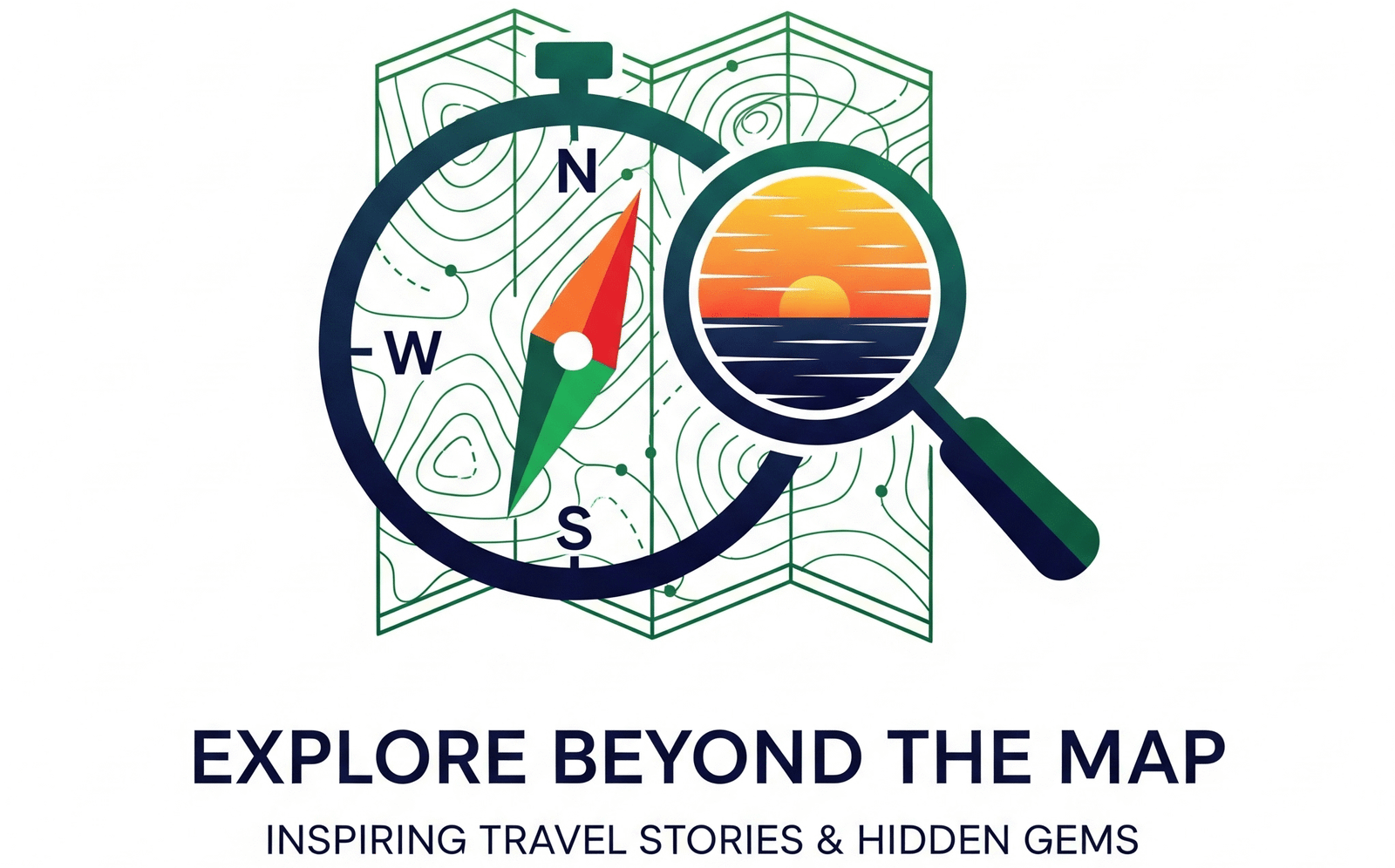




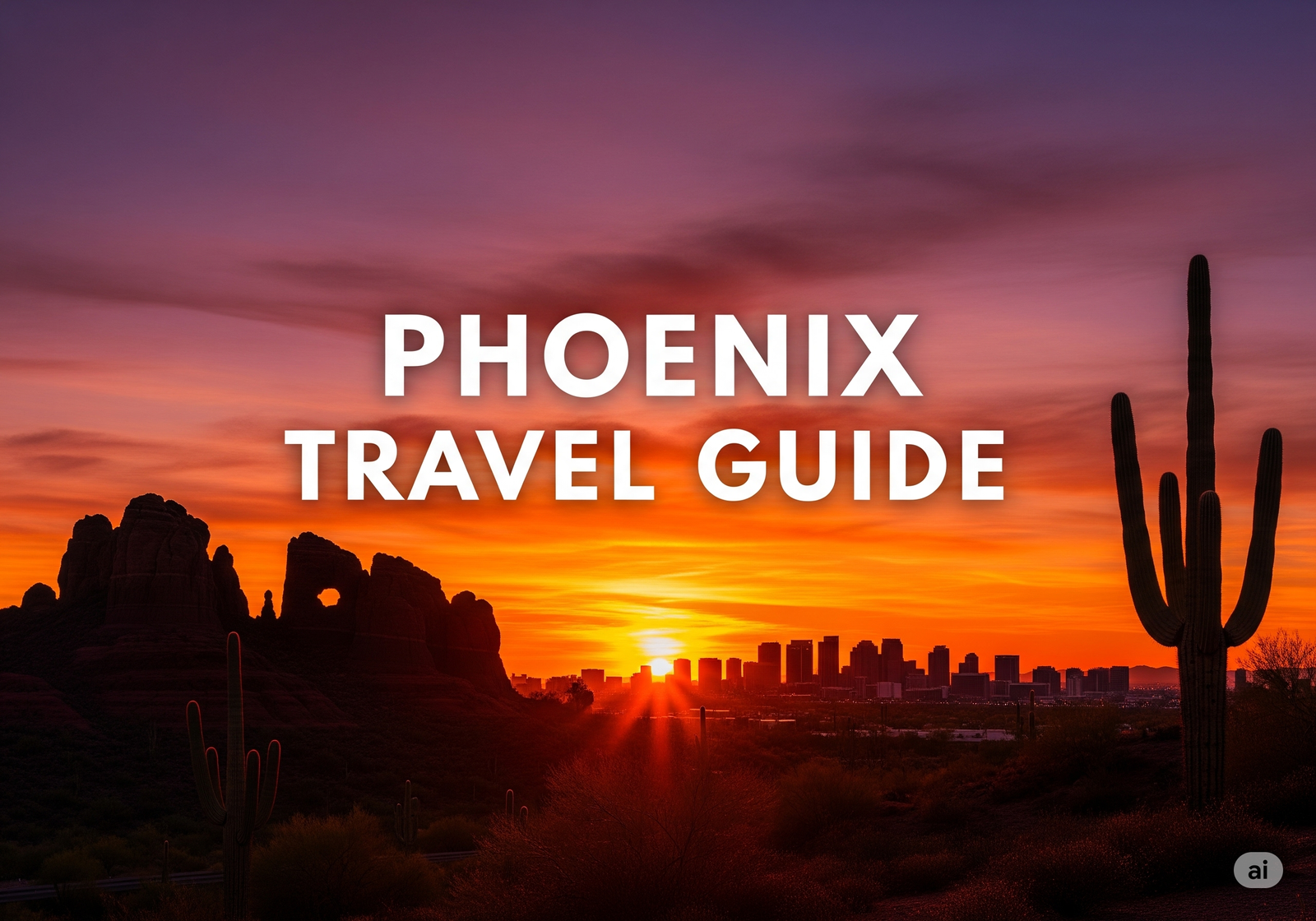
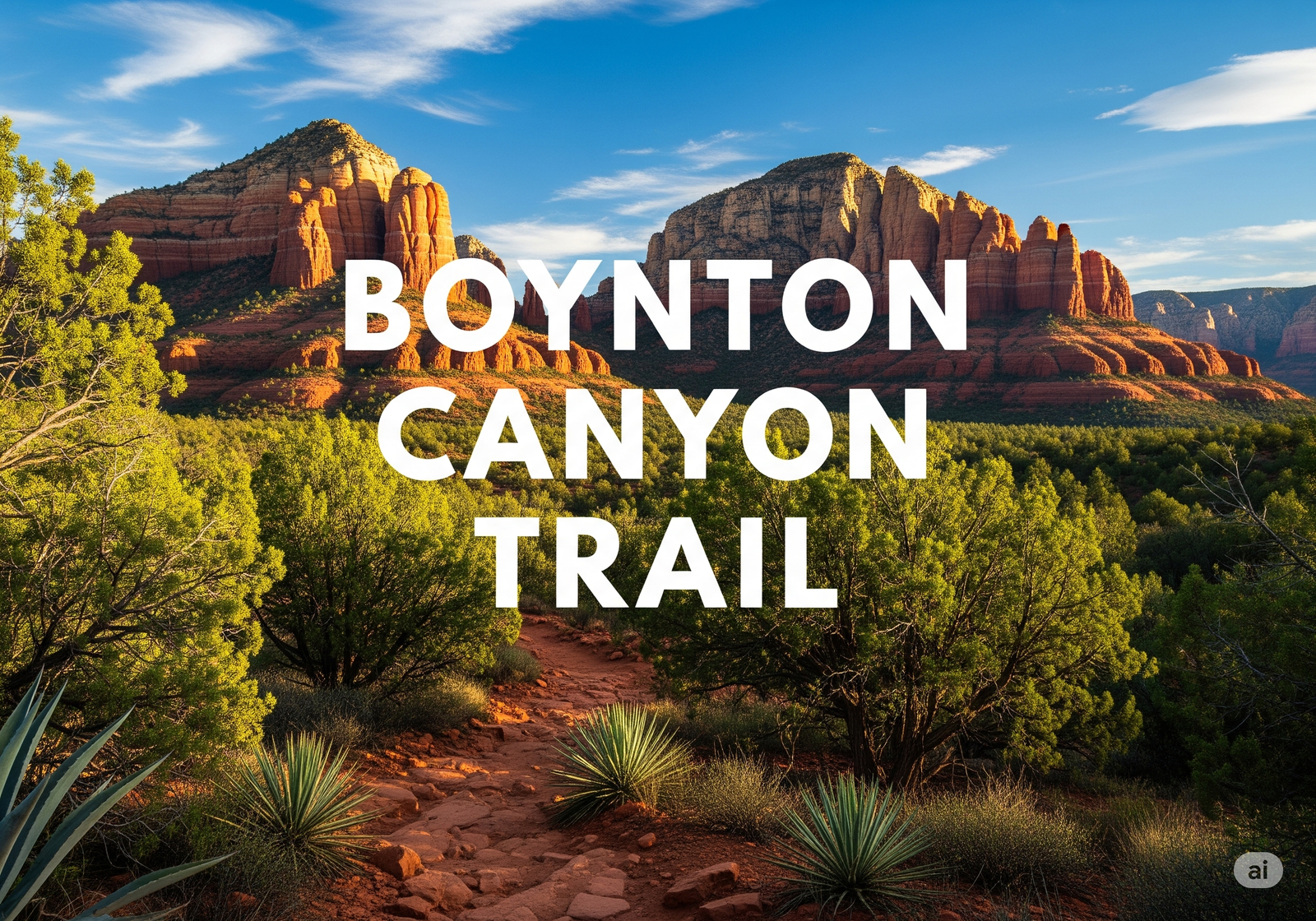
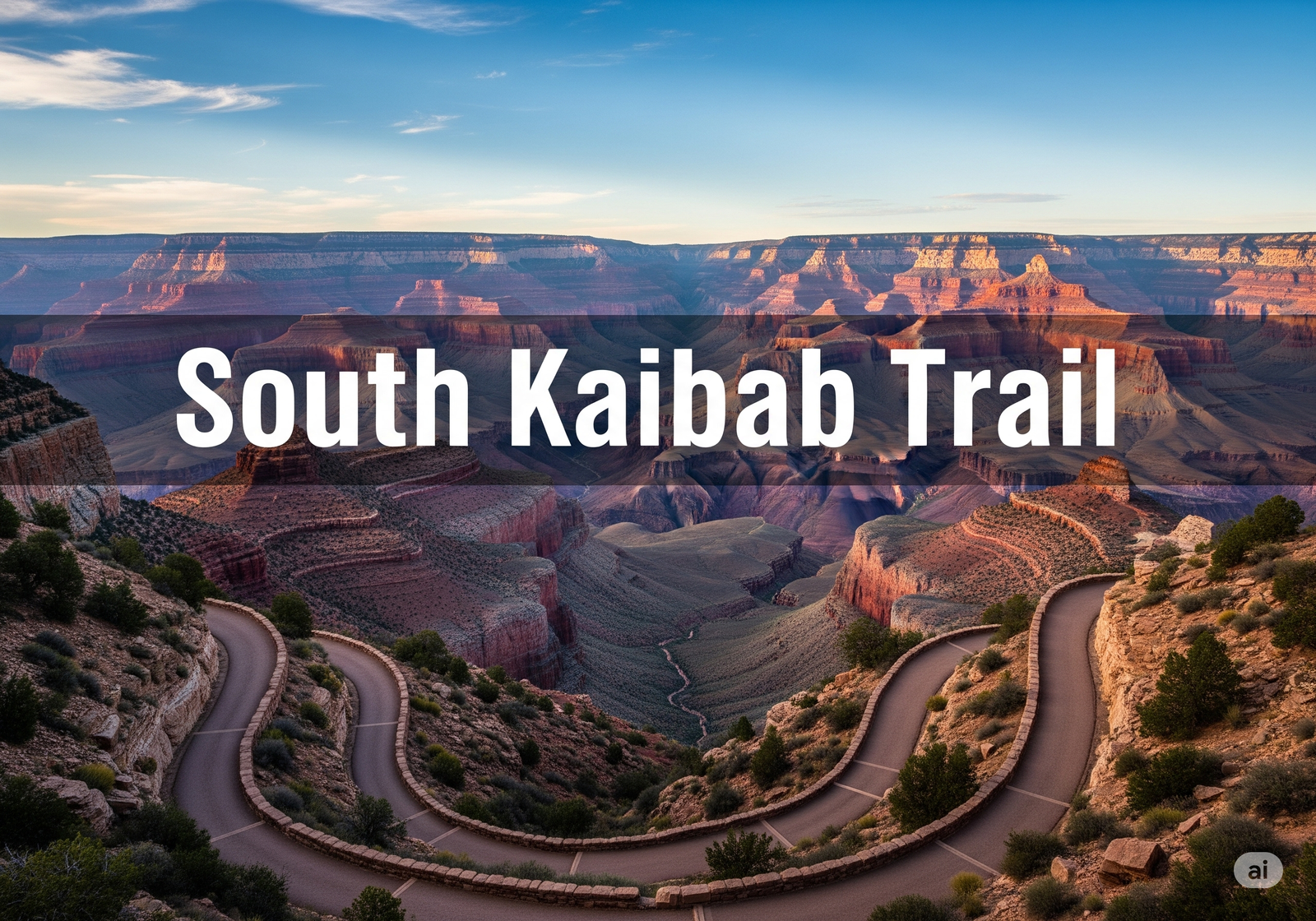
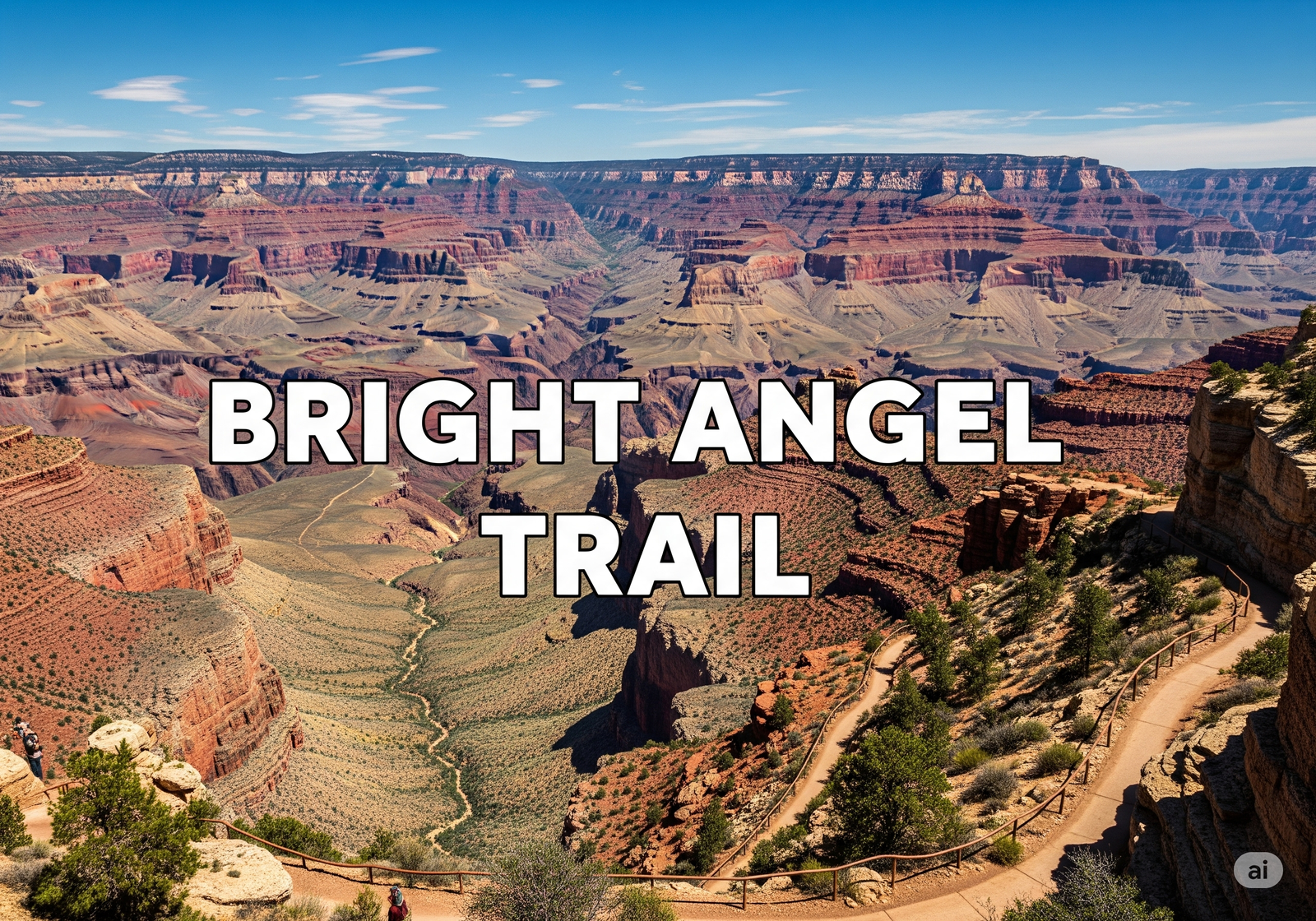
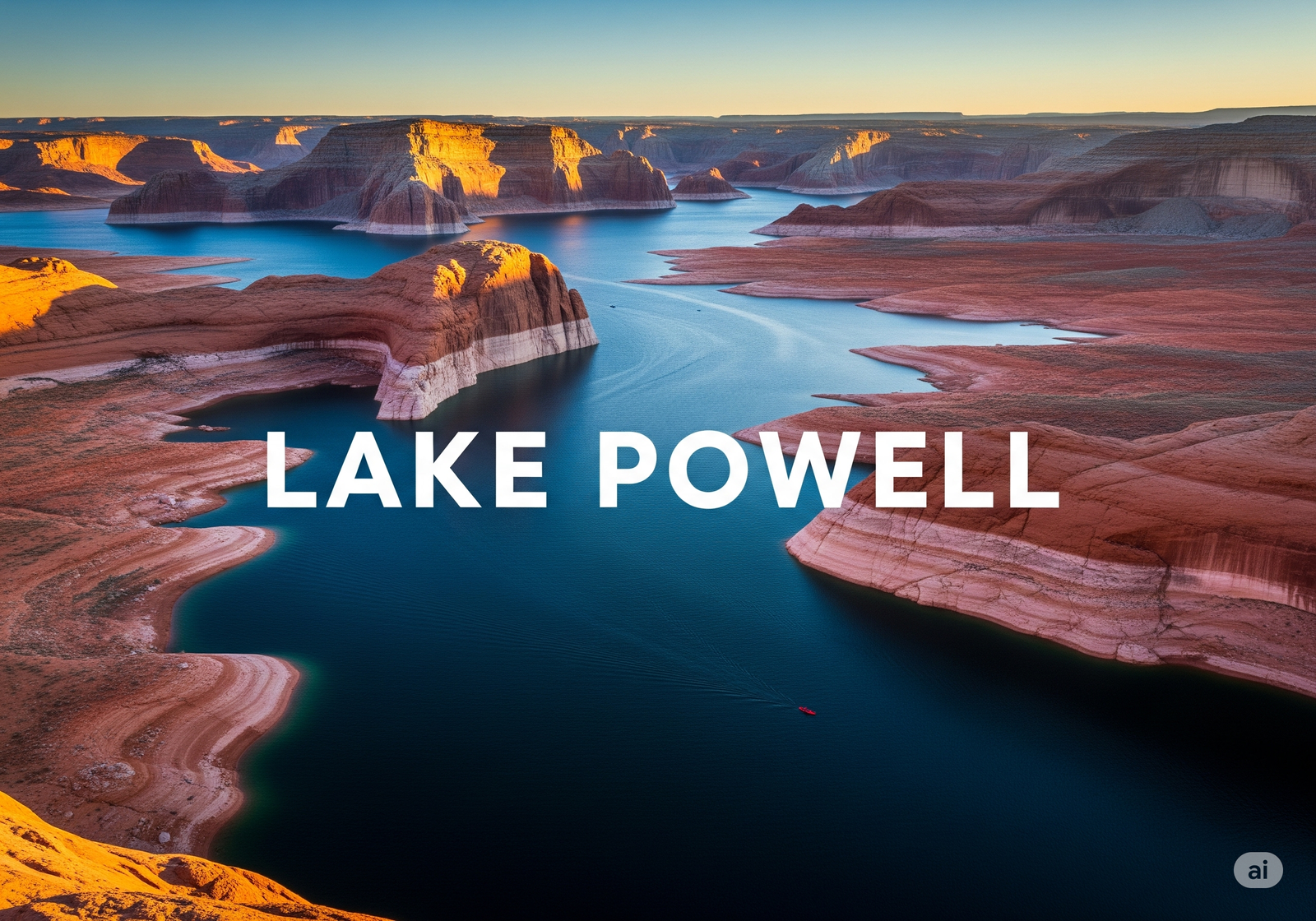






Leave a Reply